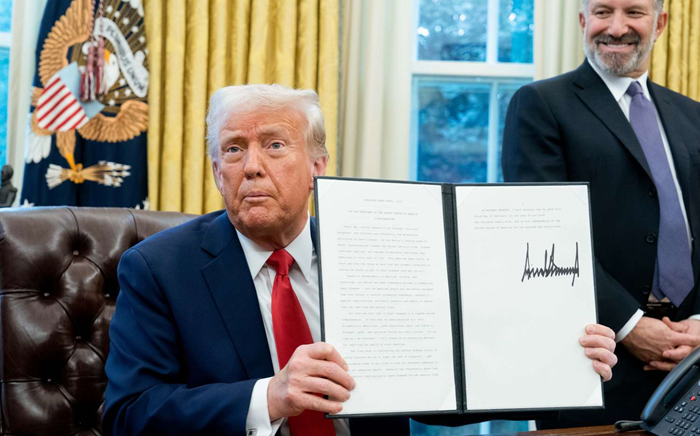As I stood among steelworkers and unionized auto workers at a White House event in April, it was clear this was no typical gathering of Wall Street elites. Instead, the crowd represented the heart of America’s manufacturing base—passionate supporters eager to reverse decades of industrial decline and protect the middle class.
The Challenge Facing U.S. Manufacturing
U.S. manufacturing has been battered by foreign competition, regulatory burdens, and shrinking profit margins. Many companies remain skeptical about the government’s ability to revive the sector. Despite the administration’s efforts, which largely follow well-established macroeconomic principles, manufacturers hesitate to fully engage. Why?
The fundamental economic theory is straightforward: nominal GDP grows through manufacturing output, public spending, investments, and exports, while it contracts through taxes, regulatory costs, and savings. However, nominal GDP growth alone is insufficient; real GDP growth—adjusted for inflation—is essential for genuine prosperity.
The Administration’s Economic Strategy
The Trump administration is deploying a comprehensive approach to stimulate growth:
- Reducing budget deficits
- Encouraging investment shifts toward government securities with lower interest rates
- Cutting regulations and energy costs to boost manufacturing competitiveness
- Implementing tariffs to increase demand for American-made goods
- Benefiting from a potentially weaker U.S. dollar to enhance exports
This coordinated use of economic tools is rare and strategically designed to revive domestic manufacturing.
Why the Hesitation?
Despite these measures, manufacturers remain cautious. Years of exposure to cheap imports have dulled competitive instincts, and political polarization has bred distrust toward government interventions perceived as favoring special interests rather than workers.
The Sovereign Wealth Fund Proposal
A key element of the administration’s plan is the establishment of a U.S. Sovereign Wealth Fund (SWF), as outlined in President Trump’s executive order from February 3, 2025. The secretaries of Commerce and Treasury were tasked with designing this fund within 90 days.
Sovereign wealth funds are common globally and serve to amplify a nation’s assets for strategic and financial benefit. The U.S. government holds approximately $5.7 trillion in direct assets, with significantly more in natural resources and other holdings. Investing these assets through an SWF could generate long-term wealth, promote fiscal sustainability, reduce tax burdens, and enhance America’s economic and strategic leadership.
Potential Benefits and Safeguards
Tariff Revenues as Funding: The SWF could be fueled by revenues from tariffs, creating a dedicated capital pool.
Federal “Guaranty Policy”: The fund could offer insurance to protect corporate investments against policy reversals by future administrations, reducing political risk for manufacturers and lenders.
Support for Small Manufacturers: Targeted programs could incentivize modernization and expansion, backed by government guarantees on capital investments.
The Path Forward
The U.S. stands at a critical juncture. With proven economic tools and a bold new strategy in the form of a sovereign wealth fund, the opportunity to restore manufacturing and middle-class prosperity is within reach. Success will require bipartisan cooperation, strategic vision, and a willingness to act decisively.


